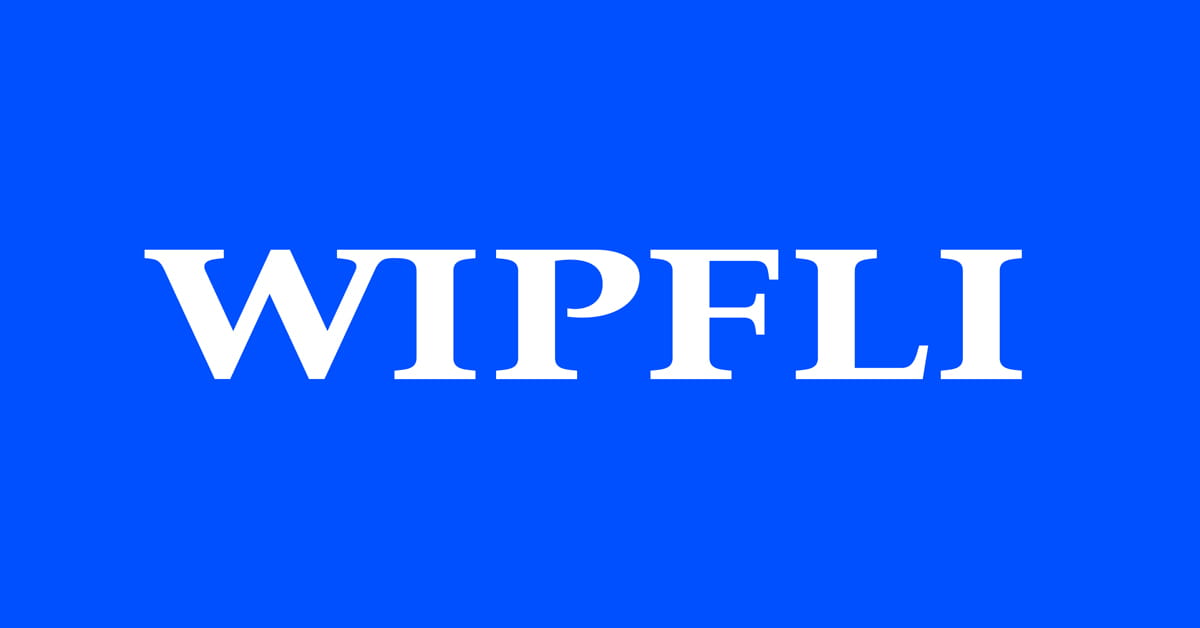A potential shift for alternative assets in 401(k)s

The Trump administration is paving the way for significant changes in the U.S. retirement landscape. On August 7, 2025, President Trump signed an executive order directing the Department of Labor to reevaluate the fiduciary framework under ERISA for including alternative assets in 401(k) and other defined contribution plans.
This directive signals the potential opening of the massive $12.2 trillion retirement market to asset classes like cryptocurrency, private equity and real estate. While the order does not change current law, it initiates a regulatory review that firms should monitor closely.
A mandate to explore, not implement
It is crucial to understand that the executive order does not immediately authorize new asset classes. Instead, it instructs the Labor Department, in consultation with the Treasury and the SEC, to explore pathways for their inclusion.
The cornerstone of ERISA requirements — the fiduciary duty to act prudently and in the best interest of plan participants — remains unchanged. Future guidance should carefully scrutinize how plan sponsors can satisfy this duty when considering less liquid, more volatile and operationally complex assets. Employers are likely to be in a rush to overhaul plans, with litigation risks continuing to drive cautious adoption.
Strategic implications for financial services firms
This policy development presents both a landmark opportunity and a series of operational and compliance challenges. The primary impacts relate to these three areas:
- Product innovation and development: Asset managers may accelerate innovative structures, such as target-date funds with private equity sleeves or new vehicles for digital assets and real estate, tailored to 401(k) liquidity and fee constraints.
- Operational and custodial readiness: Inclusion of alternatives will demand new processes. For digital assets, custody, reliable valuation and exchange connectivity pose key hurdles, requiring institutional-grade solutions. For private equity and real estate, which remain inherently illiquid, providing transparent, frequent valuations and handling capital calls and distributions — while meeting the daily pricing and liquidity expectations of 401(k) plans — will mark a major shift, potentially through liquidity buffers or specialized fund designs.
- Advisory and due diligence services: Plan sponsors will need expert guidance to navigate heightened fiduciary risks, creating opportunities for sophisticated due diligence on asset managers, fee evaluations and compliance frameworks.
This executive order represents a pivotal moment for potential innovation in the retirement industry. While the path to broad adoption will be methodical and complex, the policy direction is now set.
How Wipfli can help
Preparing for this shift is essential. Our team, which combines deep experience in financial instruments, regulatory compliance and digital assets, is well-positioned to help you analyze the opportunities and challenges ahead. Contact us to learn more about how these developments may impact your strategic and product roadmaps. Find out more about how our financial services advisory team can help expand your offerings while mitigating risk.



